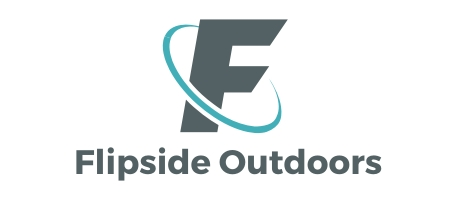Now is the time of year where bass in every part of the country are in some phase of the spawn—whether they’re in deep holding areas waiting for the water to hit the magic 50-degree marker, fanning beds, guarding fry, or preparing to feed heavily after they leave their spawning areas. All stages of the spawn are prime time for soft plastic presentations. Here’s a breakdown of what baits and presentations best fit each phase.
Postspawn
The postspawn period is the prefect time to go weightless. Bass retreat to the safety of the nearest cover or structure after spawning, and target-oriented fishing is the way to coax them out. However, covering water is important too because it can be difficult to predict where they’ll go, especially in areas with an abundance of nearby cover or in changing conditions.
Soft jerkbaits, stick baits, and floating worms fished tex-posed and weightless are perfect one-size-fits-all packages for covering water and target fishing. You can speed up your retrieve over water that looks unproductive, and there’s no need to switch baits when you find a brush pile or dock that looks promising because you can just slow down. Immediately after the spawn, bass are vulnerable and tired. Once you find them, food suspended right in front of their faces is hard for them to resist.
Pauses near cover will score bites. Stick with neutral and natural colors when target fishing, especially if the bass are taking their time to hit or short-striking on the pause. You can bet they’re closely examining the bait.
Bed Fishing
Controversial though it is, many bass fisherman enjoy catching and releasing bedding bass.
Bed fishing is target fishing, so it’s hard to beat the compact package of a Texas Rig. Not only does a compact presentation help you put the bait on the bed, it ups your hooking percentage. The bass guarding the bed has one goal: get your bait out. He isn’t feeding, so you’ll have minimal time to set the hook before he spits. Use something short, like a tube, craw, or beaver-style bait. Make sure you match the size of your hook to the bait, leaving minimal room for short strikes.
A Texas Rig is also a top choice because bass tend to spawn close to cover. You may find bass spawning on top of submerged cypress tree roots or near thick milfoil patches, and the weedless hook position of the Texas Rig will save you a lot of hangups. Just find the fish, put your bait on a bed, and start by imparting action sparingly. Work it more as needed. The simple fact that it’s in the fish’s territory will trigger a reaction.
Prespawn
Weightless presentations can work during the prespawn, but weighted presentations often outperform them. Bass during the prespawn can be either up shallow preparing to spawn or hunkered down in deep holding areas waiting to make the move when the water gets warmer.
When they’ve gone shallow, a shaky head is a good choice. It’s versatile and allows you to quickly cover unproductive water. Drag the bait along, stopping it and shaking your rod tip when you detect a change in bottom composition or contour that may attract fish.
When they’re still deep, a wacky jig and stick worm is good for probing holding areas adjacent to spawning areas. A drop-shot is also a good bet, especially if you have an idea of how deep the fish are holding. Pause frequently in retrieving the wacky jig, as most bites will come on the fall.
If you aren’t sure where they are, go with a soft plastic swimbait as a search bait. Lipless crankbaits and jerkbaits score big in spring, so moving baits aren’t off the table. A smaller offering with a subtle tail action can be key when the water is cold, but just try to match the hatch on your home water.

- Lily Rex is a lifelong multi-species angler and writer from Indiana. You can follow her on Instagram @feministfisherman
